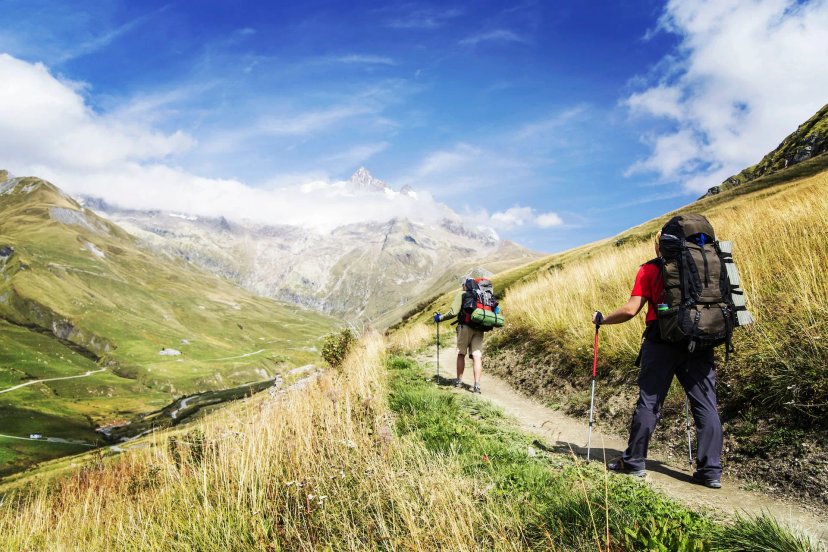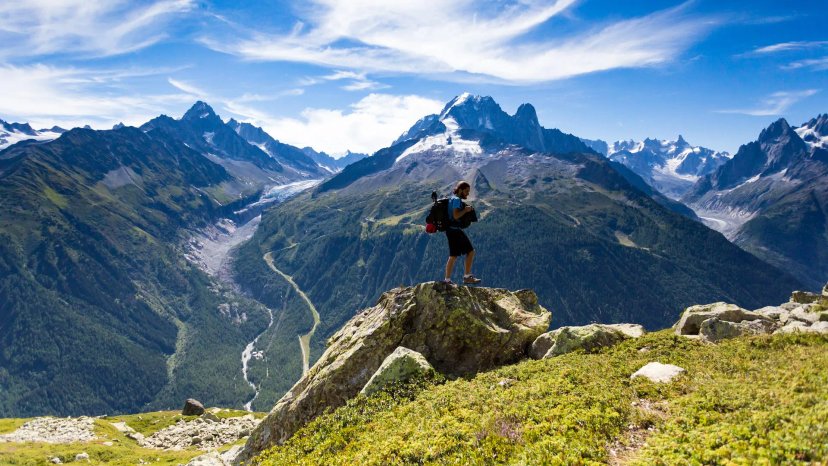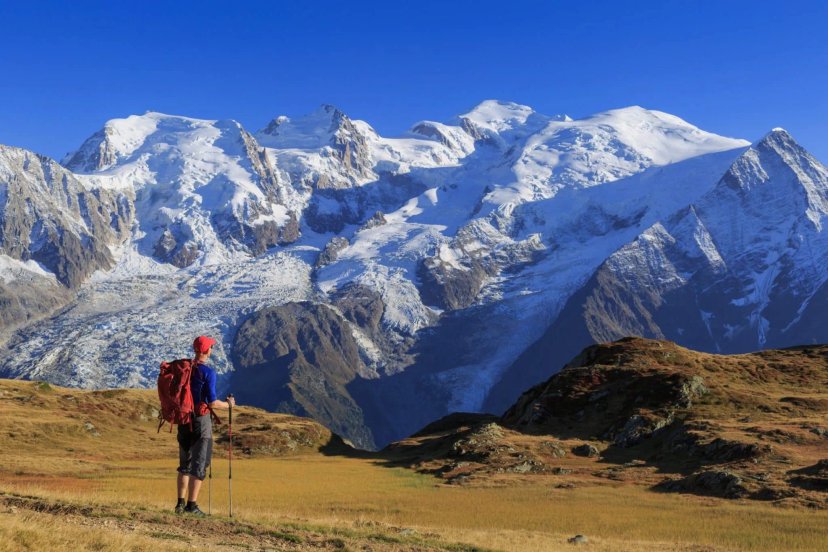


Organizing self-guided and guided hiking tours on the Tour du Mont Blanc, helping our clients plan their trek on one of Europe’s most beautiful trails.
Have questions? Talk to us.
Anja Hajnšek
Usually replies within 1 hour!
Portfolio brand of:World Discovery






